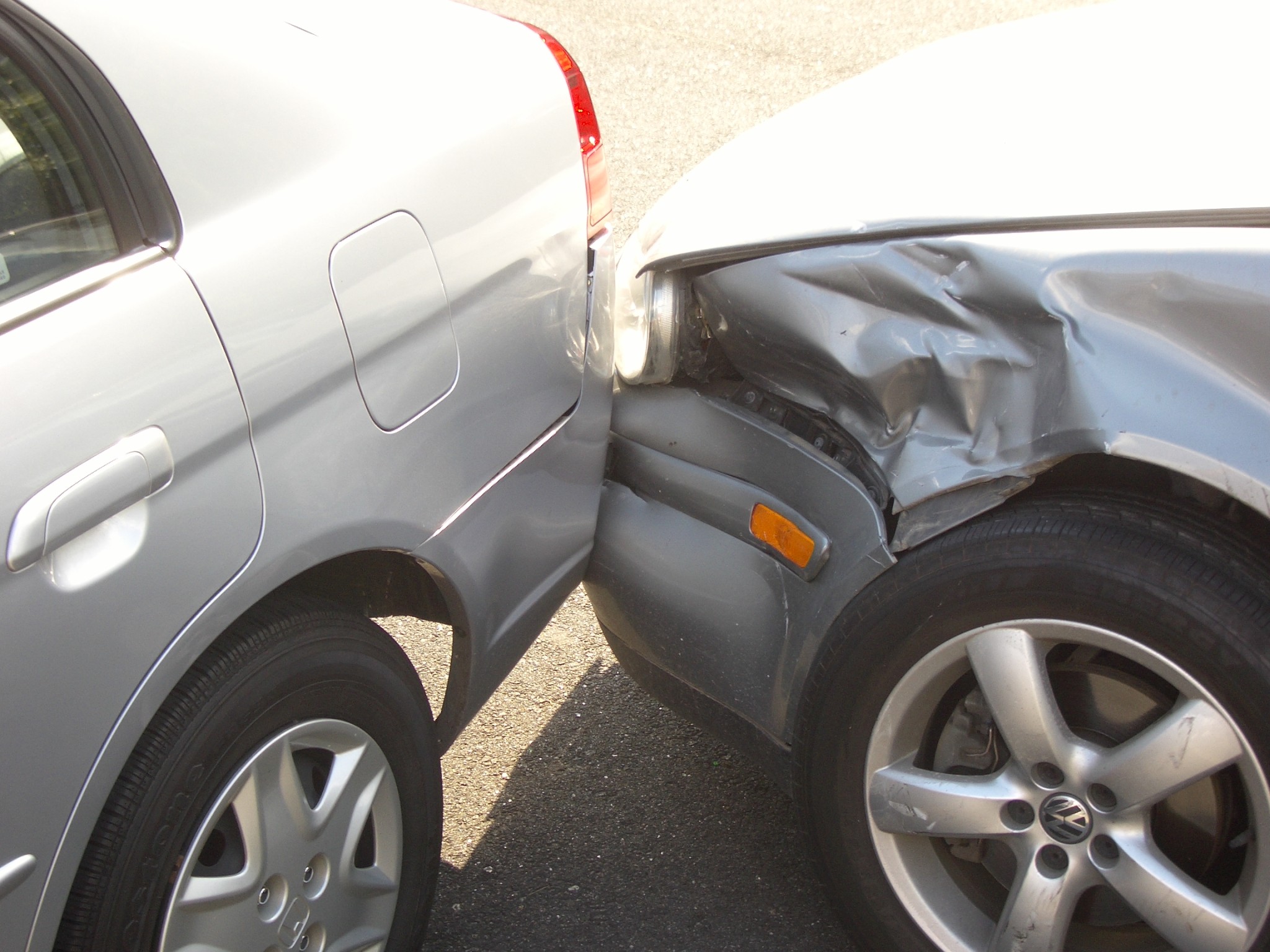|
|||||||||||||||||||||||||
Polyurea Polyaspartic: Alternative Option To Epoxy
Submitted by WoladToz on 2012-02-13 and viewed 765 times.Total Word Count: 676
|
|
|||||||||||
All polyureas are two-part systems because a resin has to be mixed with a catalyst to create the curing reaction that hardens the material. | |||||||||||
There
are many sealers available in the market today, each with its own
advantages and disadvantages, but a relatively new one that is gaining a
foothold are the polyaspartics.Compared to epoxies, polyaspartics have
almost three times the abrasion resistance of epoxies, more flexible,
have better adhesion properties and UV stable. Polyaspartic
is a kind of polyurea (actually a polyaspartic aliphatic polyurea).
Polyurea was commercially developed in the 1980s by Texaco Chemical
Company (now Huntsman Chemical). It has been successfully used for
corrosion-resistant coatings and repair materials, although application
is awkward since it has an extremely short working time or useable life -
about 3 seconds. All
polyureas are two-part systems because a resin has to be mixed with a
catalyst to create the curing reaction that hardens the material. In
trying to resolve the issue of the short pot life the two parts must be
mixed at the spray tip, requiring a great deal of maintenance on
expensive high-pressure equipment. With
the development of polyureas to polyaspartic polyurea (or simply
polyaspartics), these difficulties were surmounted while still retaining
the following characteristics and advantages: =>Potlife of 5 to 120 minutes =>Fast curing (from 5 to 120 minutes, depending on the formulation) =>Can be safely and effectively applied at surface temperatures from -30°F to 140°F =>Very low viscosity—equivalent to water—providing exceptional wetting ability on a properly prepared concrete floor
High film build (up to 18 mils in a single coat) =>Bubble-free surfaces even at high humidity, the higher humidity the quicker the cure time =>UV stable meaning it will never turn yellow and providing UV protection to underlying coatings at the same time =>Made with a high solids content (as high as 100%), which means low or no volatile organics (VOCs) during application =>The cured coating can handle temperatures up to 350°F =>Crystal clear and does not produce haze or foggy effect from moisture in the concrete =>Stain resistant, especially from oils and fats and even from red wine =>Higher abrasion resistance than epoxy or urethane =>And, still being studied is its resistance to internal moisture vapor emission rates than some other non-breathing coatings
Given these qualities, polyaspartics are ideal for: =>Garage floors This
is one of the first major decorative use of polyaspartics. The biggest
selling point may be the speed in the application. A polyaspartic garage
floor can be completed start to finish in about 5 hours while an epoxy
floor typically takes 5 days. Some companies have come out with
polyaspartic garage floors that are embedded with vinyl flecks or quartz
sand beads, similar to epoxy floors. It would be wise though to consult
with professional installers before deciding on this because depending
on the condition of the concrete—especially if the floor has high
moisture vapor emission rates, polyaspartics may not be the best
material for all situations, =>Commercial floors Polyaspartics
resistance to stains and heavy abrasion—as much as 3 times the abrasion
resistance of epoxy, makes it ideal for kitchens, restrooms, and other
commercial applications =>Countertops sealers Because
cured coating can handle temperatures up to 350° F, polyaspartics, high
resistant to stains, even to acidic materials like lemon juice and red
wine is fast becoming the countertop sealer of choice. On the other
hand, some installers remain a bit cautious because the use of
polyaspartics is still relatively new, though it does show some
potential. Whether
you like the polyurea polyaspartic or epoxy floor coatings both are
functional applications and are lower maintenance then carpet and or
hardwood flooring. Article Source: http://www.compensationsecrets.co.uk/ |
|||||||||||
| About the Author | This is one of the first major decorative concrete austin use of polyaspartics. For more informations please visit our concrete resurfacing austin website. | ||||||||||
| Additional Articles in Accident . | |||||||||||
|
|||||||||||
| Please Rate This Article | |||||||||||
| Add Your Comments | |||||||||||
| © CompensationSecrets.co.uk - All Rights Reserved Worldwide. | Privacy Policy | Terms of Use |






